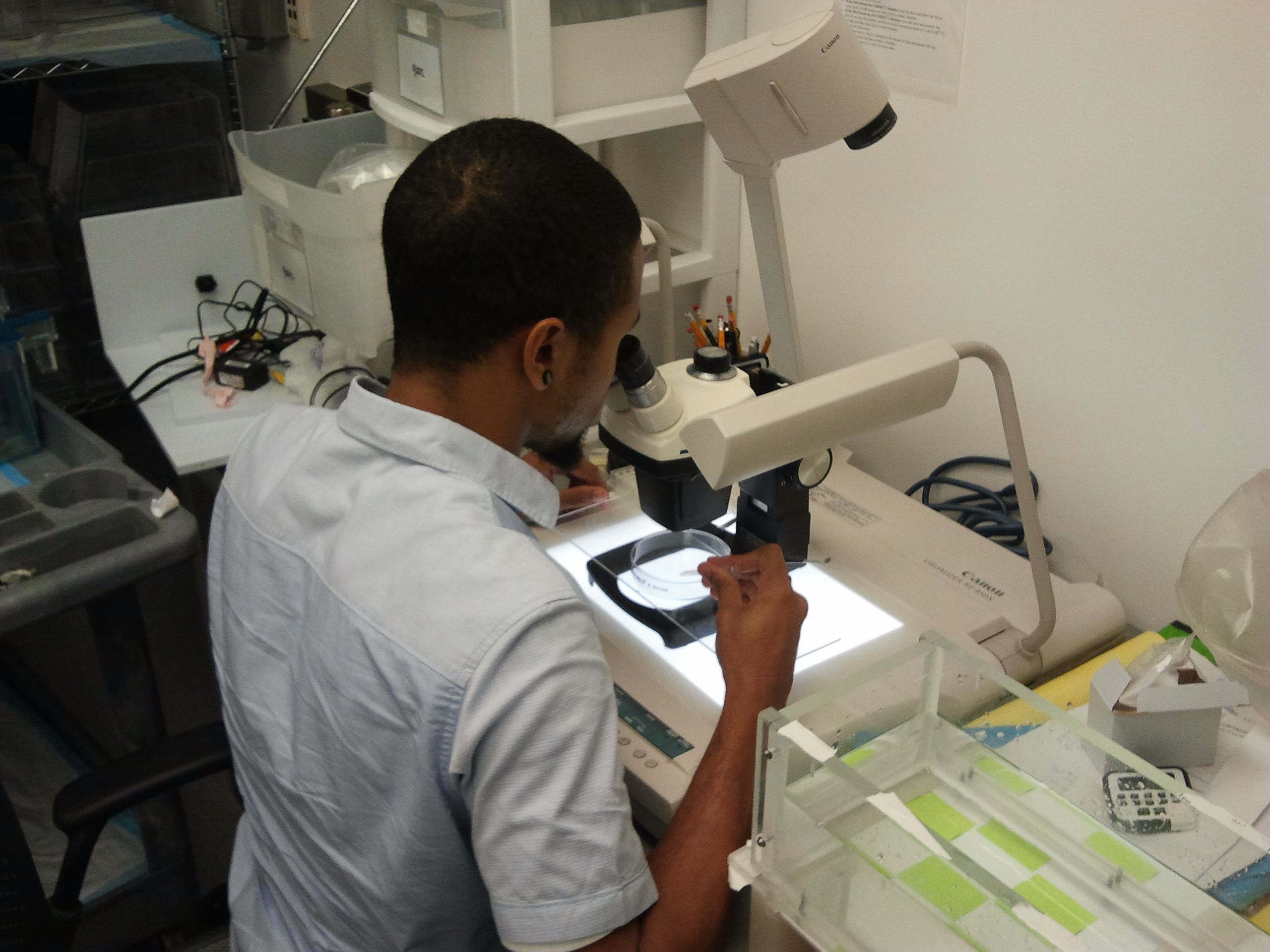By Nishika Karbhari

My name is Nishika Karbhari, and I bleed orange while studying biology at the University of Texas at Austin. Now a rising junior, I’m more intrigued by science than ever before. I’ve had the chance to take courses in neuroscience, a subject that fascinated me when I began to appreciate the intricacy with which the brain operates. The fact that each thought, each action, and every vital physiological process is entirely under the control of a single organ seems incredible to me. So little is known about the brain right now, and so much is left to be discovered. I knew I wanted to join the force of neuroscientists around the world delving ever deeper into the quest to unravel the mysteries surrounding this exceptionally complex structure.
Here at Duke, I chose to work in the Neural and Behavioral Toxicity Assessment (NBTA) Core because I wanted to build upon my previous experience in neurobehavioral research while investigating an avenue I’d never previously considered- the influence of toxicity on neurological function. This project involves subjecting cohorts of zebrafish embryos to varying doses of chemicals from a variety of substances otherwise deemed safe– for example, valproic acid, which is commercially marketed as a popular anti-seizure medication, but has been shown to impair associative learning and memory consolidation following fetal exposure. For such a study, zebrafish are a desirable model system since they breed quickly and easily, and their embryos are transparent, making embryological study convenient. As I’ve learned recently, they’re also very small, very active, and very hard to catch. This presents an interesting challenge in designing behavioral tests that accurately evaluate their learning ability.
A native of the Lone Star State, I’m just beginning to get acquainted with the East Coast as I explore Durham and stroll the beautiful grounds of Duke, armed with a map, a guide book, and my trusty GPS. I’m excited for the next couple of months as I navigate North Carolina and neuroscience, both of which continue to amaze and inspire me.





